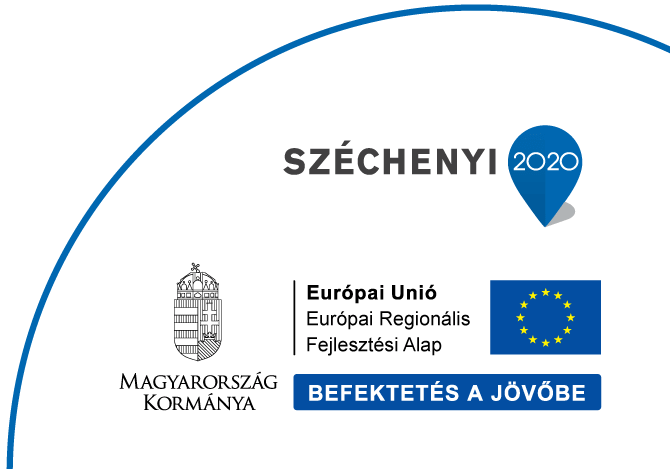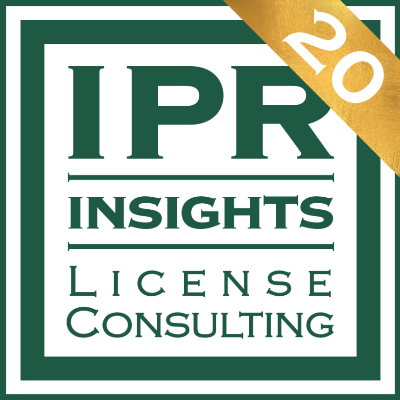In March 2022, IBM made two significant announcements with immediate effect that could impact IBM enterprise clients using Passport Advantage volume licenses. The “Achilles-heel” of IBM license compliance is the regular reporting requirements associated with sub-licensing terms. In its absence (or if not done properly), a vendor audit will determine license usage as defined in the contract provisions instead of the actual usage. This approach can result in a shortfall of several times the available license assets.

The only free (also most practical) tool for reporting IBM license usage terms is the IBM License Metric Tool (ILMT). Use of ILMT is mandatory (a limited number of exceptions) if client wants to meet sub-capacity licensing terms. However, as of March this year, the range of alternative solutions is expanding. That means that IBM will accept other SAM solutions and their reports as credible evidence of license usage in virtualized environments. Thus as a preapproved alternative to ILMT, also in the absence of a specific prior agreement. So what are the SAM tools currently available to meet the sub-capacity criteria?
- Manual (excel-based) reporting remains an alternative for environments with less than 1000 PVUs and for technologies not yet supported (*see further restrictions here)
- ILMT (free, based on Big Fix technology, used in on-premise environments)
- HCL Big Fix Inventory, similar to ILMT but able to handle multiple software vendors
- Flexera One IBM Observability IT Asset Management – an IBM SaaS solution
- Flexera One IT Asset Management – a Flexera SaaS solution
- IBM License Service – a must-have solution for cloud-based containerized environments
- IBM License Advisor – integrates data from containerized environments and from ILMT
From the above listed solutions, ILMT and License Service are free of charge, while the others are available under a commercial license.
The other announcement concerned ILMT’s “little brother”. ILMT Lite, which essentially means a “manual scan” solution aimed originally to survey isolated environments independent of the BigFix architecture, is now accepted for environments up to 500 servers. This tool can be effective for the measurement of small environments with a small variety of software, however, we need to be aware that its use requires significant additional work. The amount of such work may be disproportionately high when compared to the savings on the BigFix architecture.
With the rise of SaaS solutions and containerization, enterprise IT environments are becoming increasingly complex from an asset management perspective. License and software subscription fees account for a significant share of the IT budget. Efficient software asset management is therefore a cornerstone of good IT asset management, and automating it still remains a challenge. The scope is wide, HCL Big Fix solutions or even the integration of IBM Turbonomic ARM and Flexera One can effectively help manage and visualize IT assets, from classic on-premise software to SaaS and containerized cloud solutions, combining asset and application management tasks. However, we need to recognize that the total automation may be the goal, but it can’t be fully achieved. Even the operation of mandatory free tools requires specific operational and software licensing expertise. In its absence, the analyses, necessary to make business decisions required for compliant or ideally cost-effective IT asset management cannot be carried out in a proper way.






































